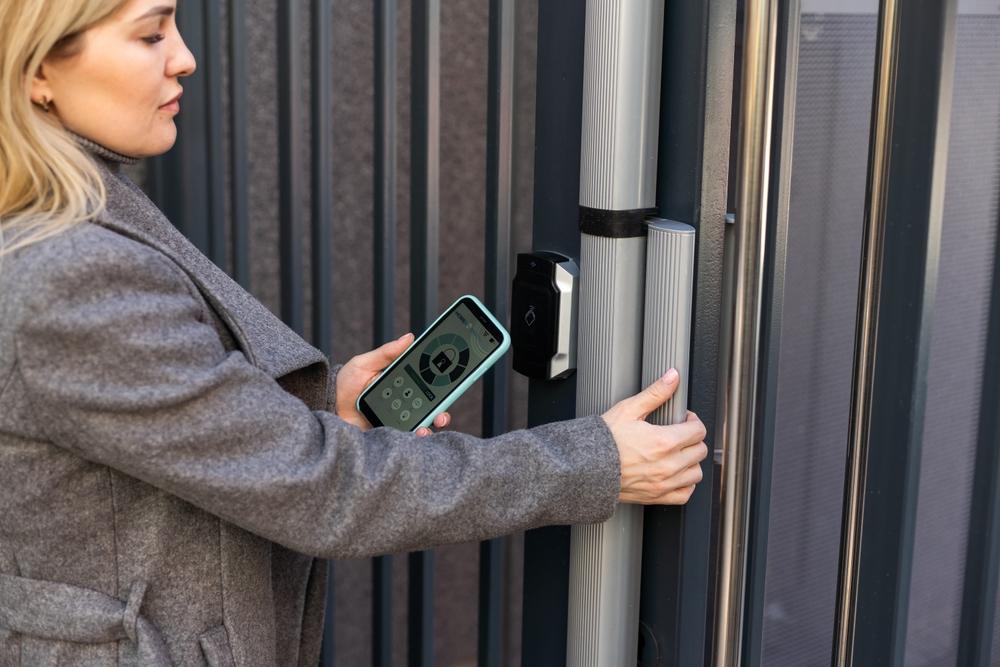Singapore is one of the leading hubs of technological innovation and dynamism today. Nowadays, mobile access control systems are experiencing a huge adoption surge. The systems are slowly getting rid of the traditional key-based access control and come with a myriad of benefits to businesses, small and large. This article discusses the major benefits that come with the implementation of the mobile access control system in Singapore, including security enhancement, easier management, user experience improvement, and the cost-effective advantage that the systems bring along.
Adding Security and Convenience with Mobile Credentials
One of the key benefits lies in security and convenience. Let’s now proceed further with how actually mobile credentials take security and convenience to a whole new level.
Getting Rid of the Hassle of Physical Keys:
One of the shortfalls associated with the traditional access control system is that it is characterized by physical keys that can easily be misplaced or, worse still, stolen. This becomes a big security concern in a scenario whereby a key may be compromised since it can actually let a person have unauthorized access to certain parts of the building.
In simple terms, with mobile access control systems, there are absolutely no physical keys. Employees use their smartphones or even wearables, perhaps never out of their reach, to access the place of work. That way, the risk of unwanted entries, such as lost or stolen keys, is greatly minimized.
Multi-Factor Authentication for Tight Security:
Mobile access control systems are designed not only to replace physical keys with software keys. Many times, such systems will include multi-factor authentication as an added layer of security.
That means beyond their smartphones or wearables, the users may also have to put in a PIN or enable fingerprint recognition to open locks. Such multi-layering makes it much more difficult for an unauthorized person to get through the security system.
Secure Communication Protocols for Data Encryption:
The implementation will use strong communication protocols to exchange the data safely from a smartphone to an access control reader. This encrypted data secures any sensitive information involved, like the user’s credentials, from being intercepted by unwanted parties.
Access Management for a Modern Workforce in Simple Steps
In the current dynamic business environment, there is a situation demanding an organization to have flexible and effectively operable access control solutions. The mobile access control system caters to the requirements set out below through streamlined management features.
Remote Access Granting and Revocation:
Imagine the situation when an employee leaves the company or a vendor needs temporary access. With traditional systems, administrators would have to get hold of the keys physically and reissue them, which was an extremely cumbersome and time-consuming process.
Through mobile access control systems, the administrator can conveniently grant or withdraw access privileges to employees, visitors, or vendors, even from a remote location. This ensures that only authorized personnel can gain entry to a given place, allowing easy modification in case of later requirements.
Scalability and Flexibility:
As your business scales up, your demand for access control will also grow. Very scalable mobile access control systems are very scalable. Adding a new user or changing access privileges could not be easier. There will be no need to distribute new key fobs or cards whenever the access has to be changed, as in the traditional systems.
New users can easily be added to the system, and within minutes, define access levels. Moreover, such kind of access control systems designed for a mobile environment can be easily integrated with the existing access control infrastructure, hence securing investments that have been made earlier.
User Experience Improved for a Tech-Savvy Singapore
The population in Singapore is pretty tech-savvy. Thus, the mobile access control systems are designed to provide a convenient and user-friendly service to this stratum.
Frictionless Building Entry:
Gone are the days of fumbling with keys or keycards at building entry points. A mobile access control system is modern and allows entry by just waving a smartphone or wearable at the reader and walking in. This will not only speed up entry but also take the frustration out of missing keys or malfunctioning cards.
Integration with Other Building Management Systems:
These mobile-based access control systems can be easily integrated with other smart building management systems. This, in turn, would allow the end users to use their smartphones not just for building entry but even for controlling the elevators, changing lighting at work, or even logging hours worked. This integrated approach certainly makes a smoother, more user-friendly process for all employees and visitors.
Cost-Effectiveness and Long-Term
Mobile access control systems are highly affordable, and they bring more benefits compared to key access control systems.
Reduced Hardware Investment:
Mobile access control systems do not require the buying and distributing of hardware, such as physical keys, key fobs, or cards. The company is saved from the heavy procurement and distribution costs of hardware. There is also no replacement headache for a lost or stolen key.
Better Operational Efficiency:
One can never ignore the fact that running a key-based traditional system was one of the extremely labour-intensive operations. Time is wasted when administrators are issuing keys to employees, collecting them again, and then reprogramming them. All this goes on with the mobile access control systems in an automatic way, which leaves the time and other resources to the administrators for more serious tasks.
Conclusion
Well, the business fraternity in Singapore, has found a very compelling value proposition in the use of the mobile access control system. These enhance security by authenticating strongly, allowing management of access from literally anywhere in the world through the remote capability and scalability of the system. This provides great convenience for users, and in the long run, companies can save on costs. With the way Singapore is taking change and technology, it won’t be too long before the mobile access control systems are the systems in operation.
